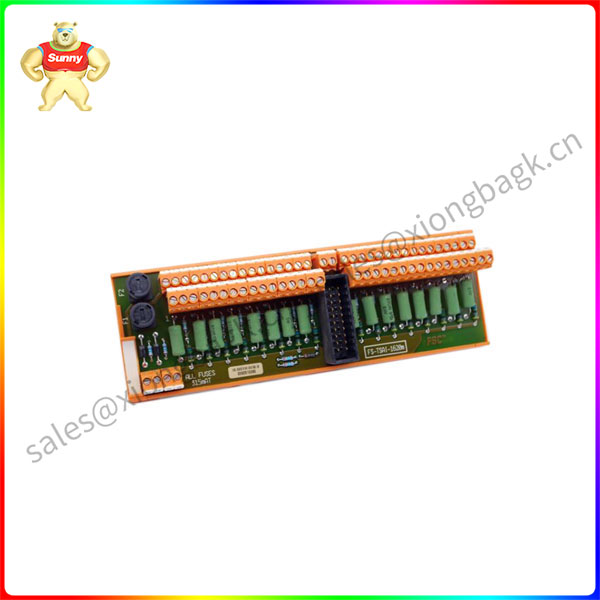The lithium industry has entered a round of upgrade cycle, refined, specialized production demands are becoming more obvious, from the front segment of the pole sheet manufacturing, to the middle of the bare cell welding, and then to the cell assembly coating, all need more efficient and accurate visual inspection technology.
As the global core supplier of lithium vision inspection, OPT vision has covered the entire process of lithium battery production, and through the deep integration of 2D, 3D and deep learning and other multi-dimensional vision technology, overcome the industry testing difficulties in key processes, such as pole edge burr detection, pole ear welding appearance detection, cell blue film appearance detection and other core processes. It has achieved a major breakthrough of zero missed detection and extremely low misjudgment.
In the process of manufacturing pole pieces, such as rolling, splaying, die-cutting and other processes, in addition to the need to detect and monitor the surface defects of the positive and negative poles, it is also necessary to real-time online detection of the transverse and longitudinal burrs on the edge of the pole piece. The current mainstream equipment speed of the production line reaches 120 meters/minute, which is a machine vision inspection
In this regard, OPT has launched a series of CXP area array cameras that fit the detection of lithium electrodes, and combine high Angle and backlight lighting methods to highlight the burr characteristics of different directions. This series of area array cameras combines high bandwidth and high-resolution features with bandwidth speeds of up to 20Gbps, scanning speeds to handle faster moving systems, and detection accuracy of 7μm.
During the implementation of the project, OPT accumulated a large number of pole burr sample data, and used deep learning software for training and labeling to generate AI detection models, which could quickly and accurately detect burrs of different sizes and shapes.

Take the winding link of the pole ear as an example, OPT uses high-speed linear array camera and area array camera to detect each piece of pole ear on the battery cell and scan the speed
At the same time, in the unloading link, it is also necessary to detect the front and side of the pole ear, and the two-way detection is more comprehensive. OPT uses a liquid lens, through multiple side imaging, to see whether the inner layer of the pole ear is folded, and the focus speed can be up to milliseconds.
Entering the pole ear welding section, the visual detection is more stringent, and it is required to achieve zero leakage detection to prevent the bare cell with the pole ear folding, fracture, debris and other defects from flowing into the packaging link
OPT makes full use of the combination of 2D vision algorithm and deep learning to carry out full inspection. Firstly, by positioning the cell body and pole ear, and then adding ROI box, the deep learning object detection function is used to extract different defect shape features and color features. The edge finding and Blob analysis algorithms are used to detect whether or not the pole ear is folded in the two sides of the pole ear.
At the same time, deep learning-based lithium battery detection, OPT in small sample learning, transfer learning and other aspects of key technological innovation, not only to solve the excessive reliance on a large number of defect sample data, but also significantly shorten the training cycle, similar processes of product transformation detection to achieve one-click migration, more efficient project deployment.
Blue coating is an important process in the production process of lithium battery, which can play an insulating and protective role in the cell. Affected by the material and thickness of the blue film, scratches, bubbles and other complex and diverse defects are prone to occur during the lamination process. OPT deeply integrates 3D, 2D, frequency division and deep learning technologies to design a vision scheme for the six-side full inspection of the battery cell. At present, the vision solution has been stably operated in several project sites, and the detection speed can reach 30PPM.
In order to avoid the impact of reflective materials such as blue film and top metal, the 3D sensor used by OPT has a built-in high dynamic algorithm, automatically tuning laser power and gain, and the imaging of various materials is stable and clear. In addition, combined with the 3D surface defect detection algorithm of Smart3 vision software, using datum surface fitting and surface correction, defects can be accurately located and feature information can be extracted, such as damage, deflection and indentation of the insulation board of the top cover; Stains and spillage on the pole surface; There are pits on the blue film, convex points, etc., accurate detection.
In order to solve the problem of electrolyte corrosion detection, OPT adopts low Angle glazing mode to stably detect electrolyte crystals with a diameter greater than 2mm. At the same time, the diffuse reflection characteristic of the spherical integral light source is used to penetrate the explosion-proof valve PP film and accurately detect the foreign matter and electrolyte under the PP film
In the cell six-side inspection solution, OPT also combines the frequency division technology, so that the light source can be ststrobe quickly, a scan can obtain a number of different optical imaging effects, and supported by deep learning algorithm function, can accurately judge the defect, avoid missing detection, misjudgment.
 中文版
中文版




